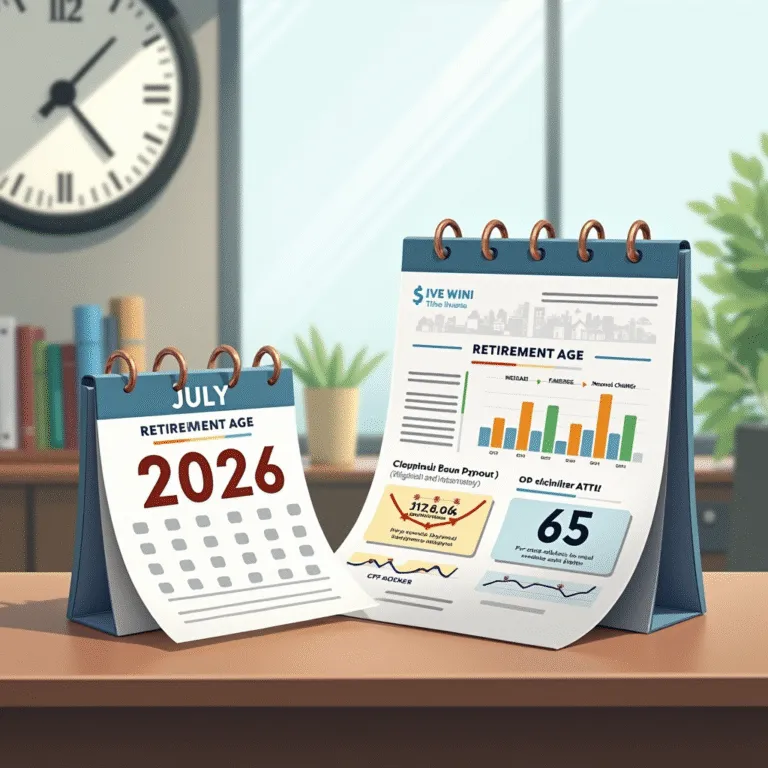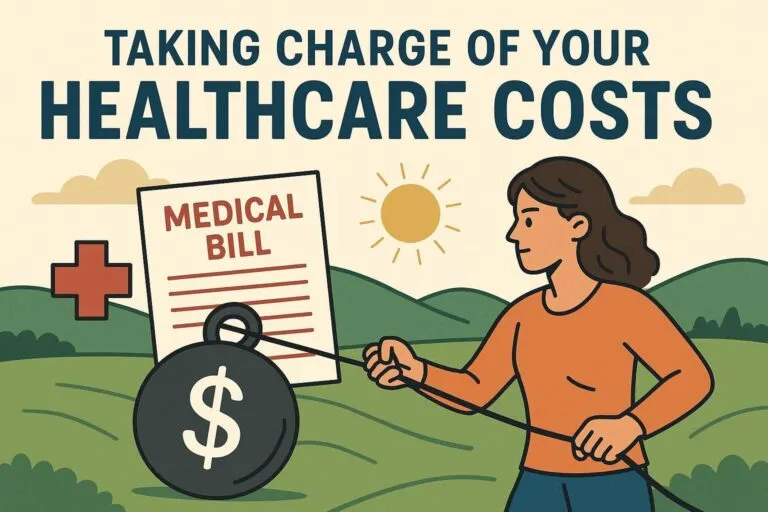Key Life Stages to Review and Optimize Your Health Insurance in Singapore
Like many things in life, good health shouldn’t be taken for granted. This is why getting protected with health insurance is super important. But, honestly, most of us kinda take our insurance premiums for granted too.
Your insurance premiums are closely tied to your age and a bunch of other external stuff like rising healthcare costs and manpower expenses. So, what you pay today could be a world apart from what you’ll pay a decade down the road. That’s why regularly reviewing your health insurance policies is a smart move.
Breaking down your health insurance policy
First off, all Singaporeans are automatically covered by MediShield Life. This basic health insurance is generally sufficient for big medical bills when you stay in Class C or B2 wards at public hospitals. But if you want additional coverage, you can supplement MediShield Life with an Integrated Shield Plan (IP). These IPs offer extra private insurance that covers costs for stays in private hospitals or higher-class wards in public hospitals like Class B1 or A wards.
Private insurance companies also offer Riders, which are optional add-ons to your policy. Riders give you extra benefits such as lowering co-payment amounts or giving you a daily allowance while you’re hospitalized. Important side note: Premiums for MediShield Life can be covered fully by your MediSave savings. However, premiums for these private insurance components (like IPs and Riders) might have limits on how much MediSave can pay. When the premium exceeds the limit, you’ll have to pay the rest in cash.
Key life stages to review your insurance policy
It’s always good to review your insurance now and then. But there are certain life stages where this is extra crucial:
1. Ages 22–26: Starting out at your first job
Getting your first job out of school is an awesome milestone. You’re stepping into financial independence and that often means taking charge of your insurance policies — maybe taking over what your parents bought for you or even expanding coverage now that you can afford it yourself.
Some things to keep in mind:
- Long-term costs: Premiums might feel affordable now, but remember they add up and generally go up as you age.
- Match coverage to your actual usage: IPs and riders help keep out-of-pocket costs low, but don’t pay for coverage you don’t use. For instance, riders usually pay out much smaller amounts compared to IPs for big hospital bills. A rider might pay out $5,000 for something like knee replacement surgery, while an IP can cover $36,000 for the same treatment in a Class A ward.
- Consider your healthcare preferences: Different people have different needs and budgets, so make sure your insurance aligns with what you expect and can afford.
2. Ages 41–51: Large spike in premiums
Welcome to the 40s — a time when you might get hit with a nasty surprise: insurance premiums shooting way up. This happens because as people get older, the likelihood of needing medical care increases.
Here’s a wild fact: Rider premiums, which you pay out of pocket, can triple between ages 50 and 70. For example, a private hospital rider might cost around $3,000 a year at 50, but jump to $9,000 by 70.
This jump often forces many Singaporeans into tough choices — some downgrade their plans, others drop their IPs or riders altogether. But hold on before cancelling anything! Here are some tips:
- Use the premium hike as a review opportunity: Instead of reacting impulsively, sit down and review your insurance thoroughly.
- Think long term: Assess your current and future healthcare needs, family health history, and how much you can reasonably afford over the years.
- Consider your family: At this stage, you’re likely juggling insurance needs not only for yourself but also your elderly parents and/or children. Smart planning can protect everyone without breaking the bank.
3. Approaching 55: The pre-retirement review
Turning 55 is a biggie in terms of financial planning. Your CPF savings from your Ordinary and Special Accounts will be moved to your Retirement Account (RA), and you can withdraw any excess savings above the Full Retirement Sum.
It’s also a good moment to review your insurance. Here’s why:
- Planning for insurance in retirement: Will you be able to keep up premium payments on a retirement income? Factor these costs into your retirement budget, alongside essentials.
- Reassess coverage: Your insurance needs probably aren’t the same as before. You might have fewer dependents but higher healthcare expenses. Make sure your coverage still suits your current lifestyle and priorities.
Review your insurance policy with the Health Insurance Planner
Feeling overwhelmed? The Health Insurance Planner is a super handy, personalized tool to help you make sense of your coverage. It lets you compare your current plans with other options and projects how your MediSave savings and healthcare expenses might look in the future.
If you discover you’re shelling out more than you should, consider rightsizing your plans. This could mean:
- Adjusting your current plans
- Choosing a different ward class for your IP or rider
- Dropping riders but keeping your IP coverage
Take note of these key life stages to review your insurance policy
Private health insurance premiums are climbing year after year, and they’ll only get pricier as you age. If you have riders attached to your IP, their premiums are likely increasing even faster. Don’t just blindly accept this — understand what you’re paying for and whether it makes sense long-term.
Before signing up for extra riders, carefully consider if that added protection truly fits your budget for years to come.
Keep tabs on your insurance coverage, and give it a proper review at these critical life stages. Your future self — and wallet — will thank you!







